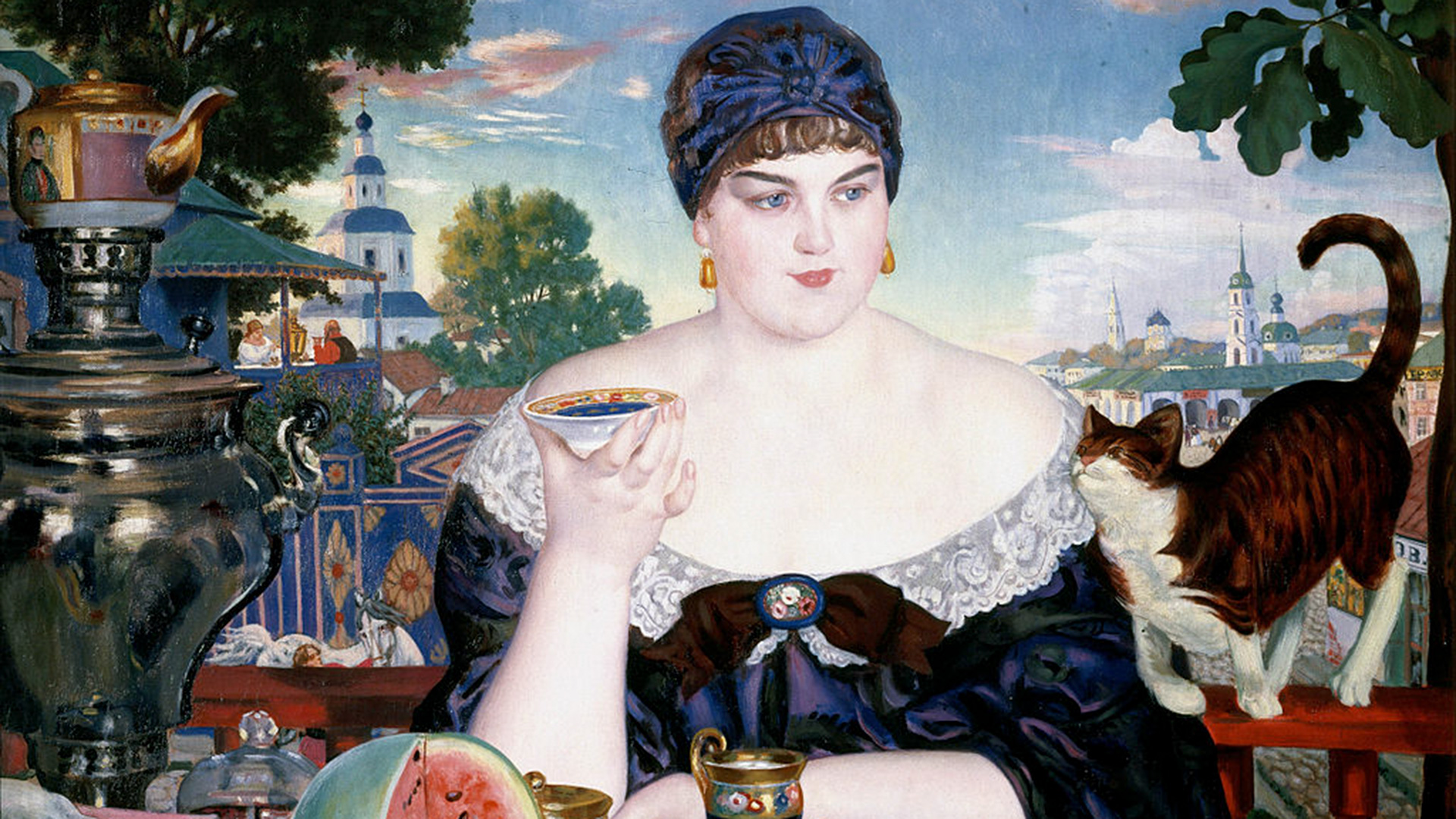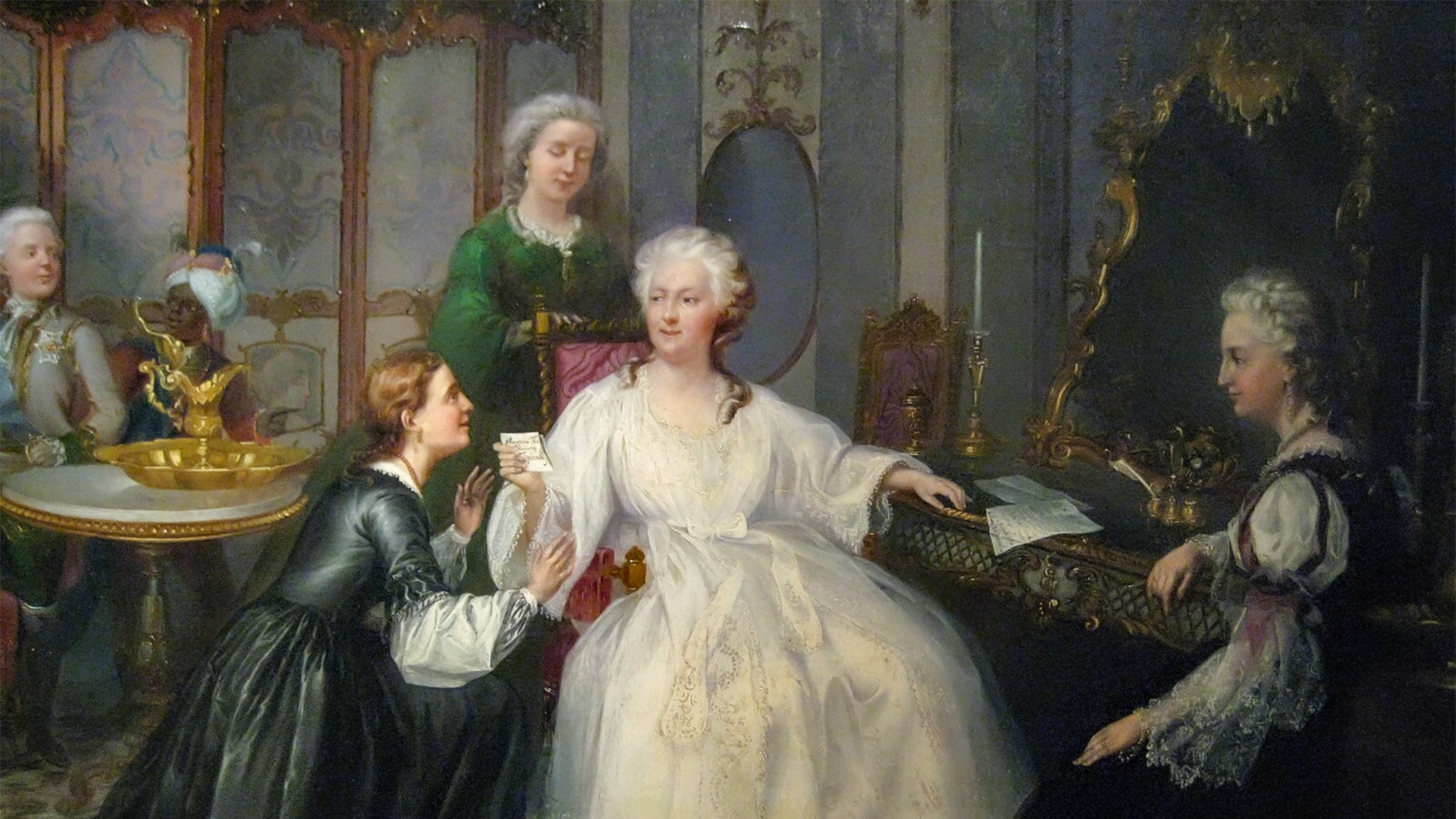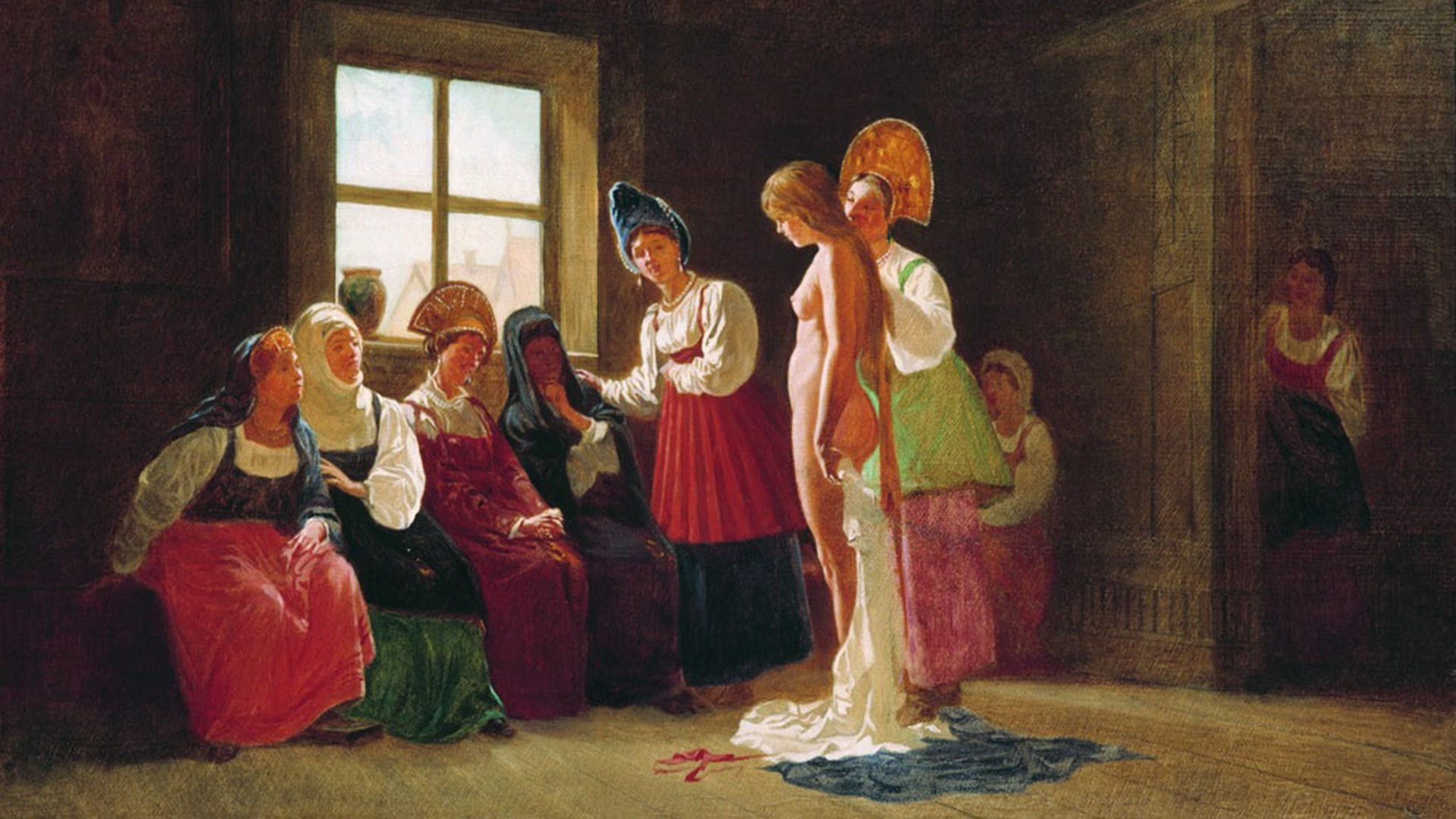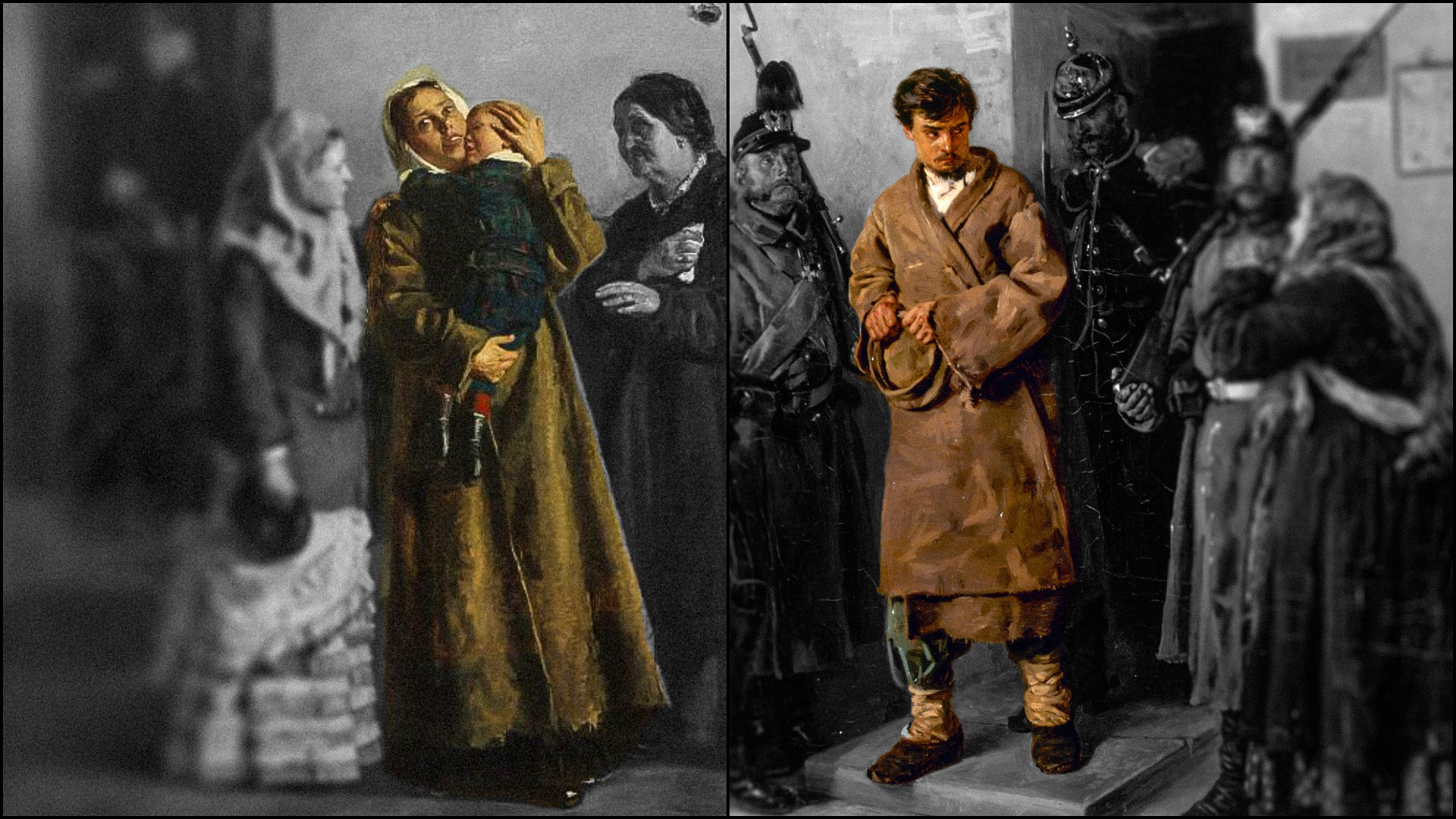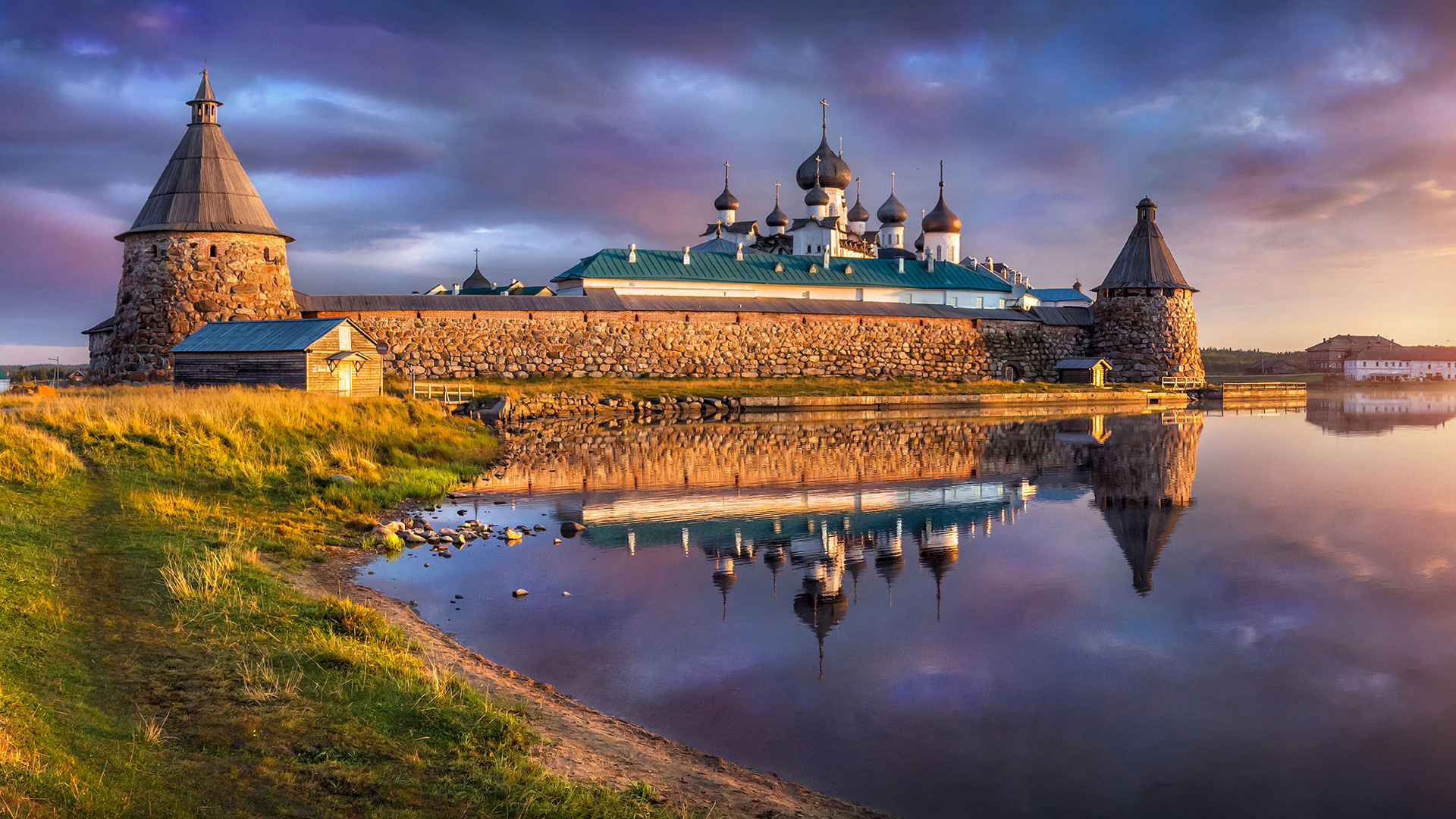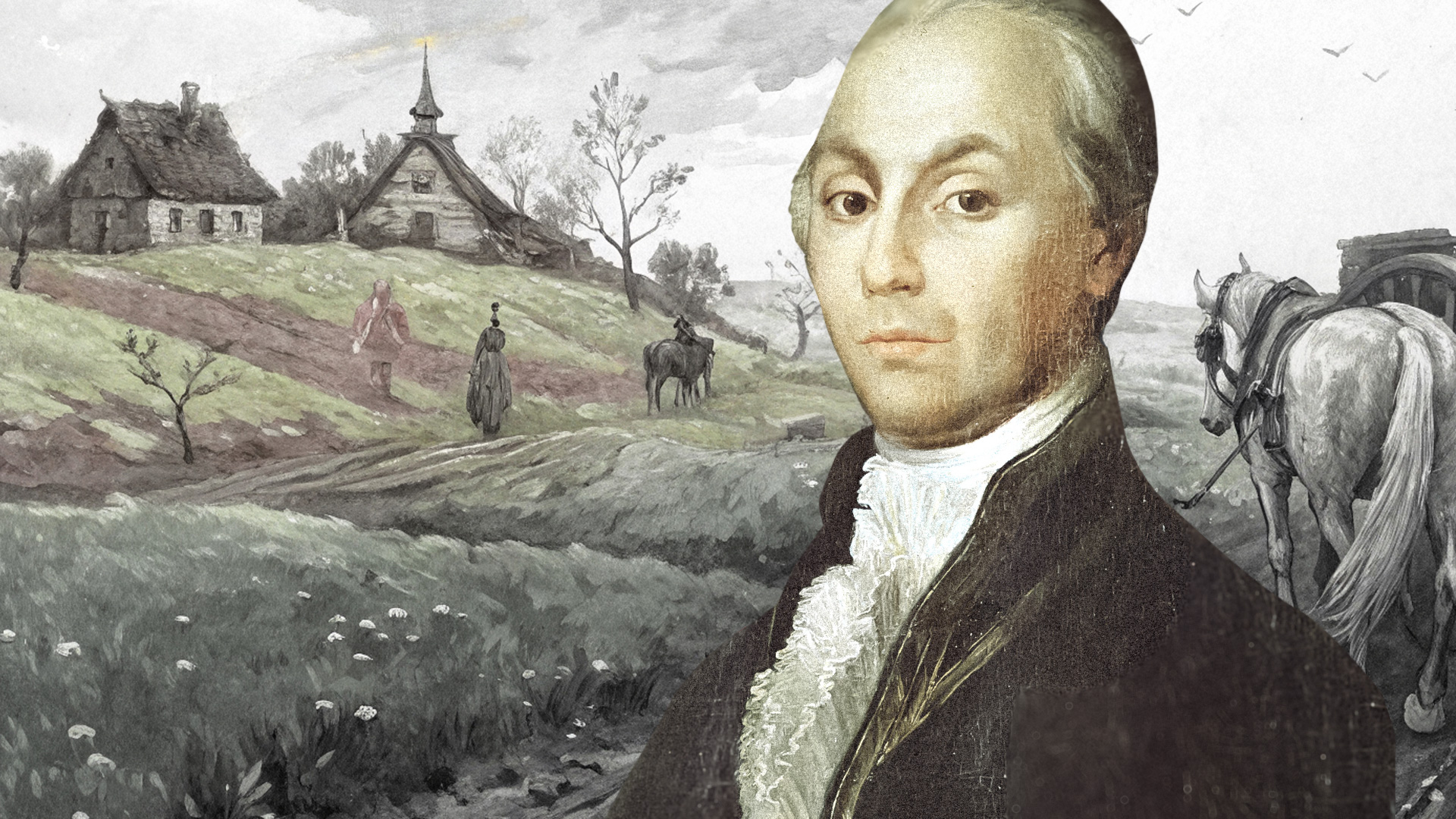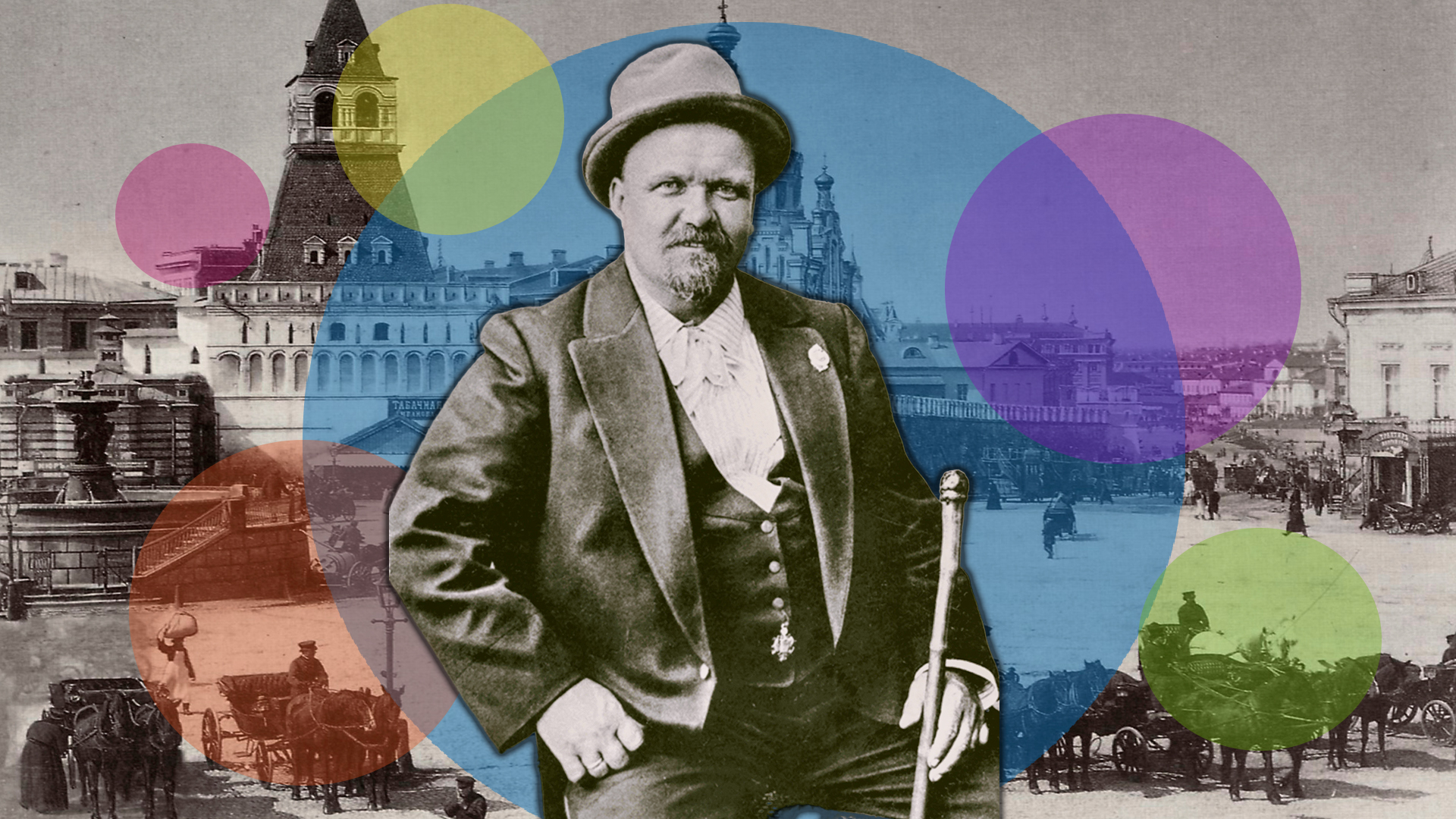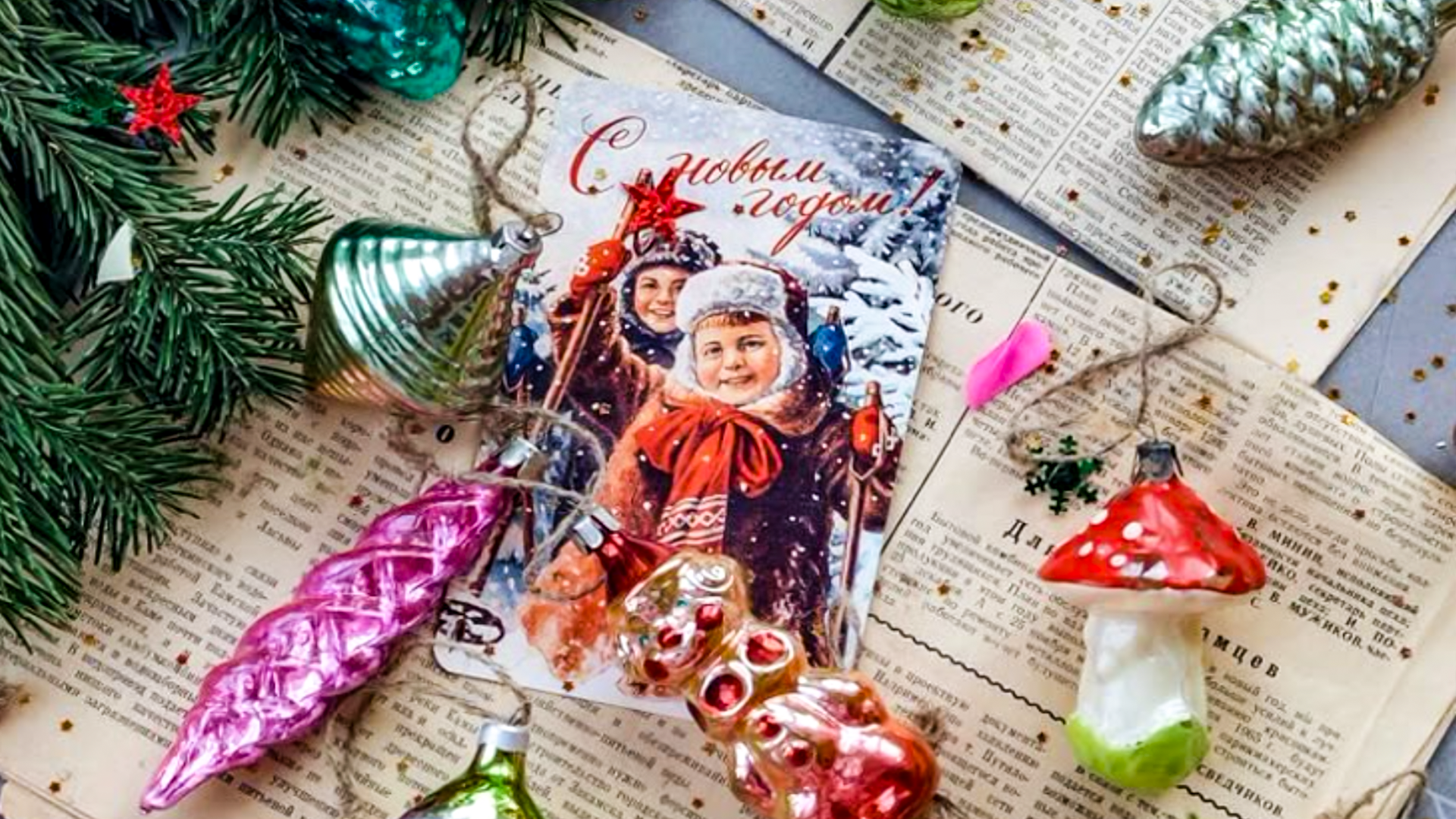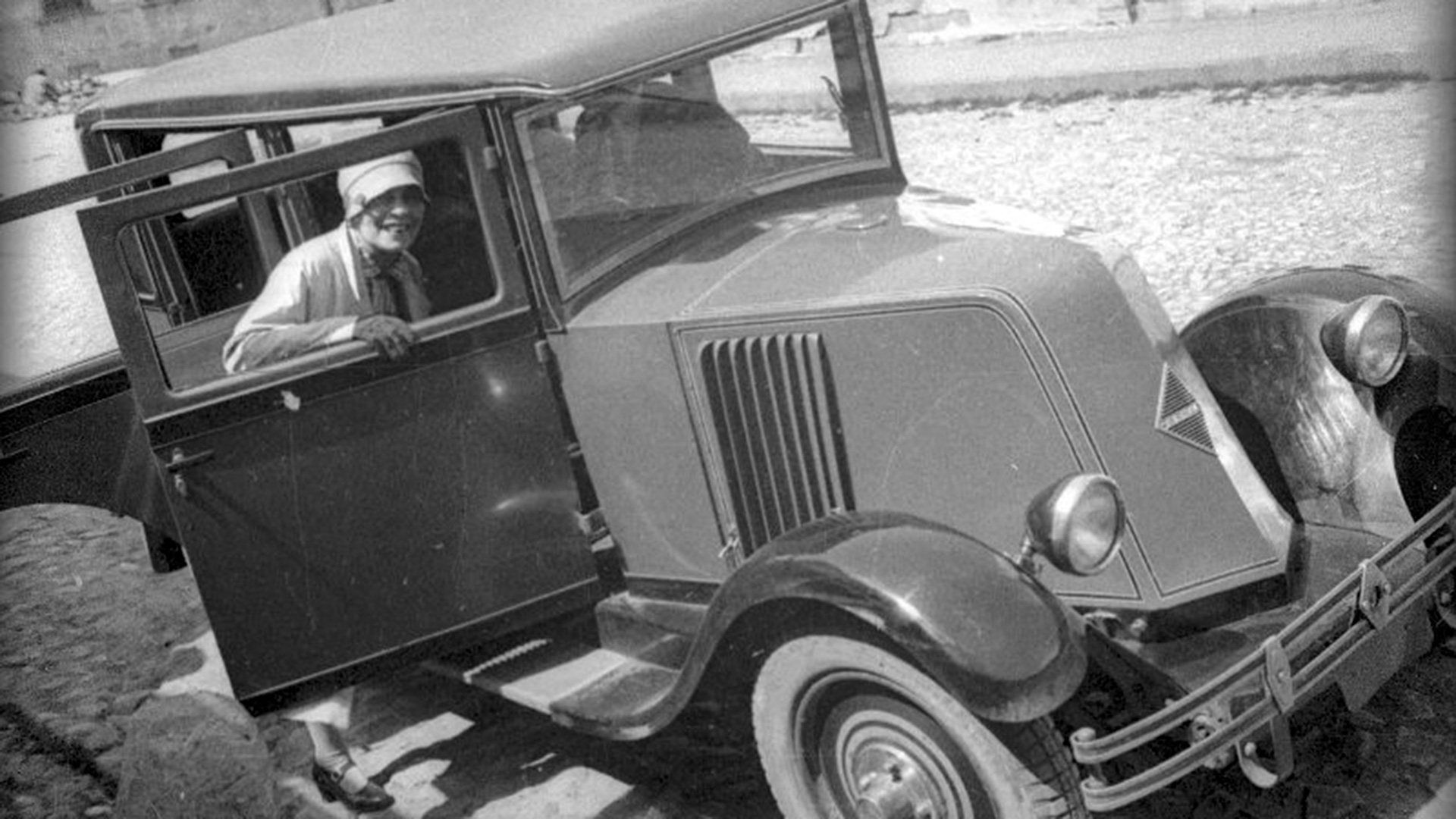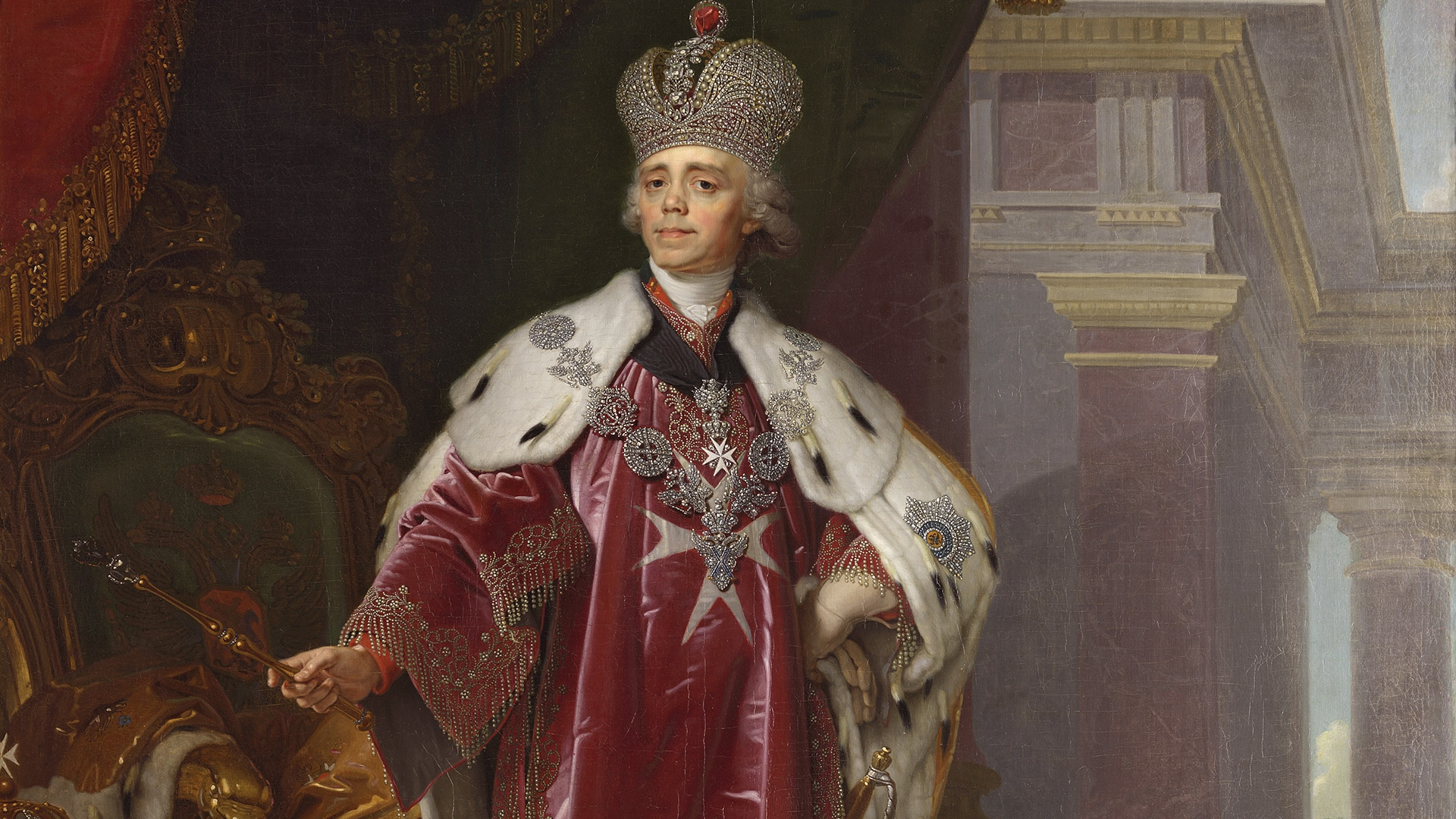
10 stories that Russian Imperial plates tell (PHOTOS)

1. Plate depicting a non-commissioned officer of the Guards Cuirassier Regiment of the Prussian Royal Army, 1830

Grand Duke Nikolai Pavlovich, future Tsar Nicholas I, visited Berlin in 1817. During the trip, he participated in military maneuvers and impressed everyone with his impeccable knowledge of the regulations and procedures of service. King of Prussia Friedrich Wilhelm III appointed Nicholai Pavlovich chief of the 3rd Brandenburg Regiment. Even many years later, Nicholas I would still be called emperor in the Prussian army. By order of the Russian monarch, a series of plates with images of Prussian officers were created at the Imperial Factory, which he planned to present to the Prussian king.
2. Plate depicting the ranks of the Semyonovsky Regiment Life Guards, 1841

This regiment was once established by Peter the Great as a “toy army” (a unit of court servants and their children for military games). For many years, the Semenovsky men served the Russian monarchs, but, in 1820, there was a mutiny in the regiment. Alexander I appointed Colonel Fyodor Schwartz as commander of his favorite regiment (he was its chief). He decided to impose his own – rather harsh – orders. A few months later, the soldiers arbitrarily lined up for roll call, did not go on guard duty and complained to their superiors about Shvarts' excessive cruelty. They were disarmed and imprisoned in the Peter and Paul Fortress. However, the other companies of the regiment stood up for them, demanding either to release their fellow soldiers or to send them all under arrest. And so it happened. The Semyonovsky regiment was disbanded: the soldiers were sent to remote garrisons, some to hard labor and Shvarts was sent to retirement without a uniform. Later, the regiment was recruited again and restored to its rights.
3. Plate depicting the ‘Battle of the Danube River’, 1833

The plates dedicated to the events of the Russian-Turkish War of 1828-1829 depict images of the theater of military operations, views of cities. Within two weeks after the declaration of war by Turkey, the Russian army came to the Danube, forced it and took Varna, took possession of Silistria and won a victory at Kulevche. The military campaign ended with the conclusion of the Adrianople Peace Treaty. According to it, Russia was given the eastern coast of the Black Sea and the country also received the right of passage through the Bosporus and Dardanelles for its merchant ships.
4. Plate depicting a senior-officer of the Volyn Regiment Life Guards, 1833

This plate depicts a real historical event – the 1st Jaeger Company pursuing retreating Polish troops along the Kovno road to Vilnius in June 1831. This is one of the first clashes in which the Volyn Regiment participated during the Polish Uprising. Then, the rebels intended to restore the territories of the Polish-Lithuanian Commonwealth within the borders of the 18th century. The standard-bearer Grigory Gogel received the ‘Order of St. Anne’ for his courage and bravery in battle. Later, he rose to the rank of Adjutant General and was the tutor of Alexander II's sons.
5. Plate depicting the ranks of the palace grenadier company, 1829

It is not by chance that military men are depicted in the interiors of the Winter Palace: they stood guard of honor at the imperial residence, during celebrations and ceremonies involving the monarch and also kept order. Soldiers who distinguished themselves in service and participated in military campaigns were enrolled in the palace grenadiers (the decision was made personally by the monarch). Of the hundreds of people who served in the company, 65 were knights of the ‘Order of St. George’. It is believed that the sketches of the grenadier uniforms were developed by Nicholas I himself – they were even nicknamed the “golden company” for their luxurious uniforms.
6. Plate depicting Life Guard cuirassiers of the Horse Regiment, 1829

Military plates were created not only for the emperor, but also for special gifts from the monarch. For example, plates with the image of the ranks of the Life Guards Horse Regiment, whose chiefs were the ruling monarchs. Incidentally, Prussian King Friedrich Wilhelm III was a great connoisseur of the works of the Imperial Porcelain Factory. His collection included over 250 examples of military porcelain from Russia. They were placed in special frames and hung on the walls, like priceless paintings.
7. Plate depicting Life Guard officials of the Gatchina Regiment, 1872

The regiment traces its history back to the Jaeger company of the “amusing troops” in Gatchina of Tsesarevich Pavel Petrovich (future Paul I). Under Alexander II, the Jaeger regiments were renamed into infantry regiments and so it became the Gatchina Regiment. But, in 1871, the unit had its old name reinstated. There is a legend that the tsar once greeted a general from the old Jaeger company at a review: “Hello, old Jaeger!” To which the latter replied, “Not at all, Your Imperial Majesty, I am a young Gatchina man!”
8. Plate depicting a tambourmajor & ensign of the Guards Crew, 1832

The Romanovs had a love of the sea in their blood. Nicholas I was no exception, under whom the court began to build sea-class yachts. In 1825-1826, the 12-gun ‘Druzhba’ yacht with luxurious carved decorations and the figure of an antique warrior on the bow was built for the emperor. Carved figures of double-headed eagles on a blue background were placed for the first time between the cannon ports on the ship. Nicholas I often sailed on the ‘Druzhba’ in the Gulf of Finland. The formation of crews for imperial yachts was done by the Guards Crew.
9. Plate depicting Life Guard officials of the Lithuanian Regiment, 1834

The Lithuanian Regiment was part of the so-called ‘Warsaw Detachment’, which was attached to Tsesarevich Konstantin Pavlovich, Viceroy and Commander-in-Chief of Poland in the 1826-1830s. Typically, landscapes and backgrounds for military plates were executed with documentary accuracy. This one, for example, shows the interiors of the Viceroy's palace as they were before the fire of 1852. It wasn't rebuilt until four years later, so the plate is a testament to how it originally looked.
10. ‘Private & Drummer of the Guards' Crew’ plate, 1832

Soldiers are depicted against the backdrop of the legendary ‘Azov’ ship, probably in Kronstadt. The flagship of the Russian Navy defeated five Turkish ships in the Battle of Navarin in 1827 and became the first ship to be awarded the St. George flag and pennant for courage and bravery.
*This material was prepared based on the book ‘Imperial Porcelain. ‘For the glory of Russia and our military memories…’ Collection of V. S. Golubev’ by Ekaterina Khmelnitskaya, published by Polanski Publishing House in 2025.


